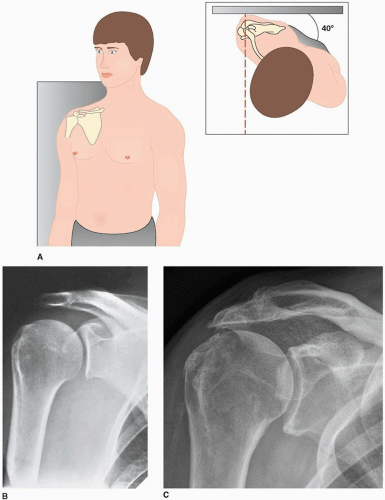Shoulder X-ray views AP Shoulder: in plane of thorax AP in plane of scapula: Angled 45 degrees lateral Scapular Y lateral: Erect with opposite shoulder rotated 40 degrees out and beam centered on spine of scapula (shoulder dislocations and scapula fractures) Supraspinatus outlet view: Scapular Y view with beam caudally…
Author: Epomedicine
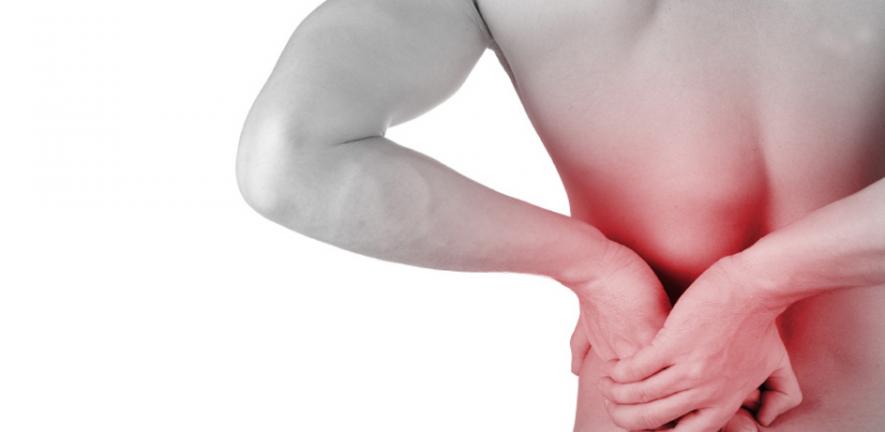
Is Sitting Bad For A Herniated Disc?
A herniated disc can be caused by many different things. People’s posture, especially while sitting has proven to be one of the main causes. Around 28% of people middle aged or older will have some form of spinal abnormality in their life, herniated disc being one of the most common…

So What Exactly Is A Med Spa And How Do They Work?
Med Spas have really become very popular over the last few years as more men and women start to visit them and use their services. \however, many people are unsure of what exactly is a med spa, also known as medi spas, and what type of services they provide to…
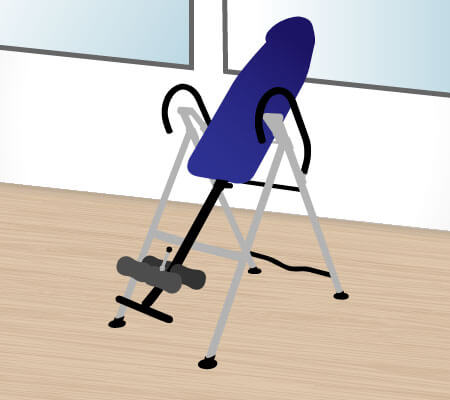
10 Fundamentals About Inversion Table You Didn’t Know
Inversion therapy, more commonly known as inversion, involves hanging upside down by the feet, ankles or legs, or hanging in an inverted angle lying on a function built table. There are specially designed boots called gravity boots to support the ankles. In this state of inversion, blood flow to the…
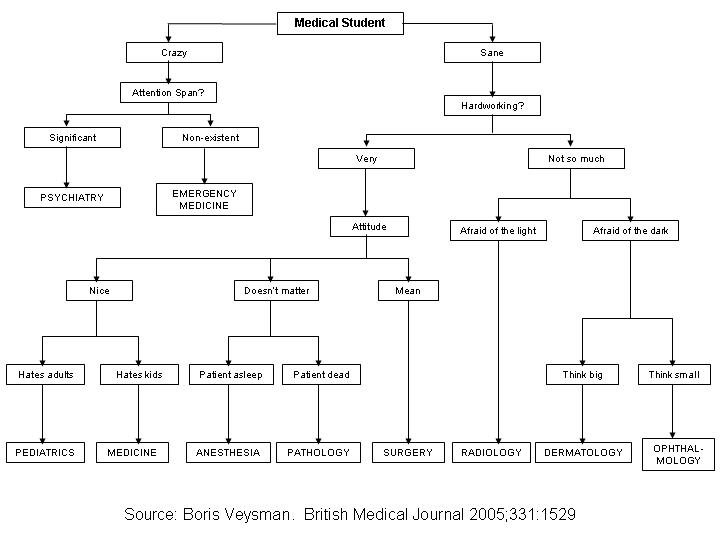
How to pursue career in Medicine?
Have you always had the desire to help people and give something back to the community? A medical career could be the path for you – and a noble one at that. Pursuing a career in the medical field is no easy task. It takes a lot of hard work,…

Medical Ethics : Mnemonics
4 D’s of Medical Negligence Duty Deviation/Dereliction Damage Direct cause 4 Core Principles of Medical Ethics Mnemonic: BAN Justice Beneficence Autonomy Non-maleficence Justice Some even add “Veracity or Truthfulness” and “Confidentiality” to make 6 Ethical Principles. BRAIN of Informed Consent Benefits Risks Alternatives Indications Nature 5 Cs of the Exceptions…
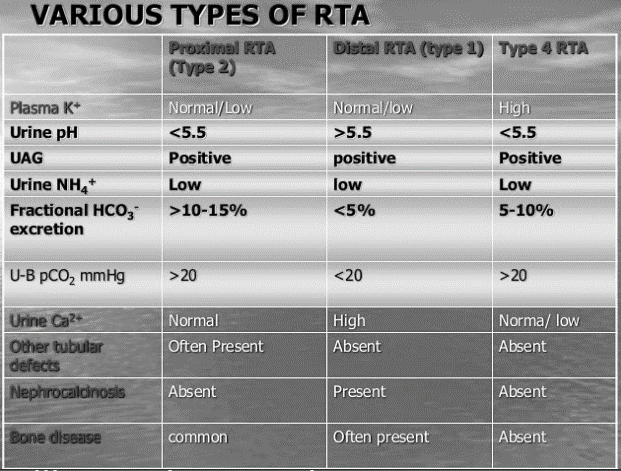
Renal Tubular Acidosis (RTA) : Mnemonics
Renal Tubular Acidosis (RTA) cause non-anion gap metabolic acidosis. Type 1: H+ excretion defect (A proton or 1st element of periodic table) This occurs in distal tubule (hence, distal defect) K+ is excreted instead of H+ causing Hypokalemia. Distal tubule H+ is non-functioning – urine pH >5.5. Chronic acidosis leads…

Decemeber Rose : A Short Movie by Medical Students
This movie was created in 2008 using simple camera and software. Back then short movies were not in trend like now. Inspired by the story “The House Call”, this movie artistically portrays an eternal friendship through time and illness. Story Doctor’s monologue: “Life is like a cigarette. It starts with…
